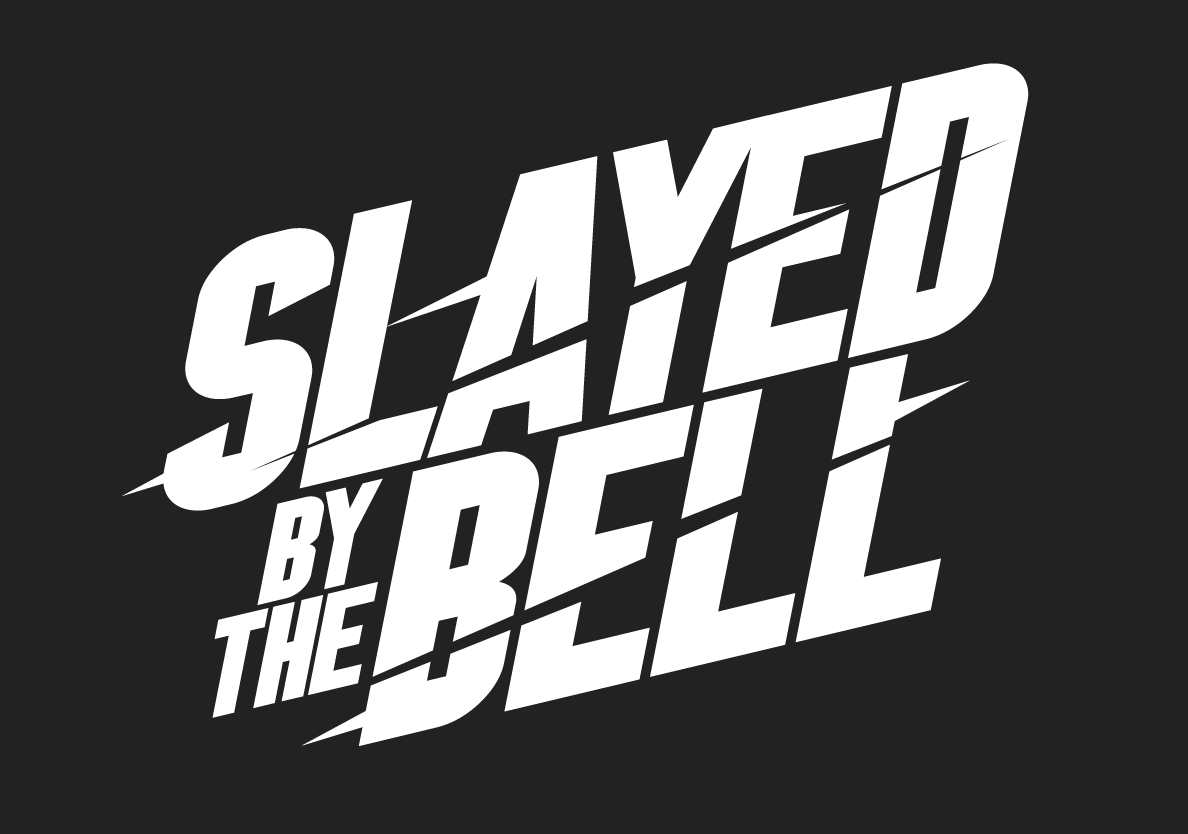The Endless Cycle of Incomplete Ideas and Social Media Echo Chambers
Leadership is addicted to fads. Not thoughtful, evidence-based reform—just whatever half-baked buzzword happens to be trending. They pull shallow ideas from books they barely read, twist them into top-down mandates, and dump them on staff like scripture. No debate. No doubt. No clue. The result is confused classrooms, fractured staffrooms, and a profession that’s running on fumes while leadership cosplays as innovators.
Problem
Schools are being run on slogans, not strategy. “Retrieval practice,” “silent corridors,” “Do Now,” “adaptive teaching,” “cold calling”; whatever’s floating around edu-Twitter or the latest CPD slideshow which becomes policy overnight. It’s not about whether these ideas work. It’s about how fast they can be rolled out, how easily they can be seen, and how neatly they tick someone’s performance management box.
There’s no pause. No scrutiny. No adaptation to real students, real classes, or real schools. You either implement or you’re “not on board.” The idea itself doesn’t need to make sense. It just needs to be seen in action. If it fails, leadership doubles down or blames teachers for not doing it properly—sound familiar? If you question it, you’re told you’re negative, resistant, or worse—unprofessional. Fuck that. This isn’t development—it’s dogma.
Causes
This shit spreads fast and it spreads through social media. Twitter threads, LinkedIn posts, and echo chamber Facebook groups churn out “must-do” teacher content at industrial speed. One viral diagram and suddenly your SLT is redesigning CPD around it. It doesn’t matter if the idea’s untested, misrepresented, or five years out of date. If it looks clever, it gets traction. If someone high-profile likes it, it becomes gospel.
Richard Shotton’s work on social proof explains this perfectly. We’re wired to look to others when unsure, especially those who seem confident or successful. In education, that means academy trust CEOs, influencer-heads, and edu-consultants become the benchmark. SLT wants to be seen as on the cutting edge, so they latch onto whatever’s trending—even if it’s all show, no substance.
What we’re seeing is a classic “illusion of explanatory depth,” as Dan Ariely and others have noted. Leaders feel confident about ideas they barely understand because they’ve seen them repeated so often. They confuse familiarity with understanding—and staff are left to deal with the fallout.
There’s also the pressure to conform. Jonah Berger’s Invisible Influence makes it clear: people are more likely to adopt behaviours they think others will approve of. In schools, that becomes a toxic culture of performative adoption—leaders enforce the new thing because others are doing it. Nobody wants to be the school that “hasn’t rolled out Rosenshine” or “isn’t embedding metacognition.”
So SLT repackages, recycles concepts and rolls them out like they’re innovating. The truth is uglier: they’re scared of looking behind, so they sprint ahead with whatever shiny crap helps them avoid scrutiny. It’s not the emperor’s new clothes—it’s the emperor’s new CPD, with a fucking hashtag and a shite Canva template.
And then they have the audacity to call it “vision.”
Effects
Students lose out first. They get fed a jumble of disconnected strategies that change every year. No coherence, no consistency. Just teachers scrambling to comply with the latest initiative, while trying to keep kids learning and safe.
Staff lose faith. Morale dies when you’re told to follow ideas you know are nonsense. When your professional judgment is replaced by walkthrough checklists and reductive observation rubrics. When you’re expected to go along with a plan nobody believes in.
And then there’s the division. Some staff buy in—whether they believe it or just want an easier life. Others resist quietly; quietly quitting. A few speak up and get sidelined. That breeds mistrust. Nobody knows who’s genuine anymore. Collaboration dies. Schools turn into echo chambers with compliance at the core.
This isn’t about resisting change. It’s about resisting bullshit.
Solutions
If SLT doesn’t understand a policy deeply, they shouldn’t implement it. End of. No half-digested ideas. No top-down enforcement without context.
Trial things properly. Use real teachers. Real classrooms. Scrap the “whole-school rollout” culture and start using pilot phases with honest reflection—not staged success stories.
Stop managing impressions. Stop pretending the job of a leader is to look like they’ve got answers. The job is to get it right, not to be right.
Create space for staff to challenge, question, and discuss without fear. If your leadership model can’t survive open dialogue, it’s broken.
Focus on actual impact. Not visibility. Not presentation. Not ticking boxes.
And for the love of Orwell—stop mistaking authority for expertise. Most of us know when something’s nonsense. You should want that feedback. If you don’t, you’re not leading—you’re controlling.
Conclusion
This culture of shallow certainty and forced compliance is killing professional integrity. It’s pushing good teachers out, disillusioning the rest, and giving students a chaotic, inconsistent education built on buzzwords. Leaders need to wake up. Not to more CPD slides. Not to the next flashy framework. But to the damage they’re doing by forcing half-formed ideas down the system without scrutiny or consent.
Teachers aren’t your foot soldiers. We’re professionals. We want things to fucking work. But if you keep treating the classroom like your sandbox, don’t be surprised when the results are a fucking mess.

